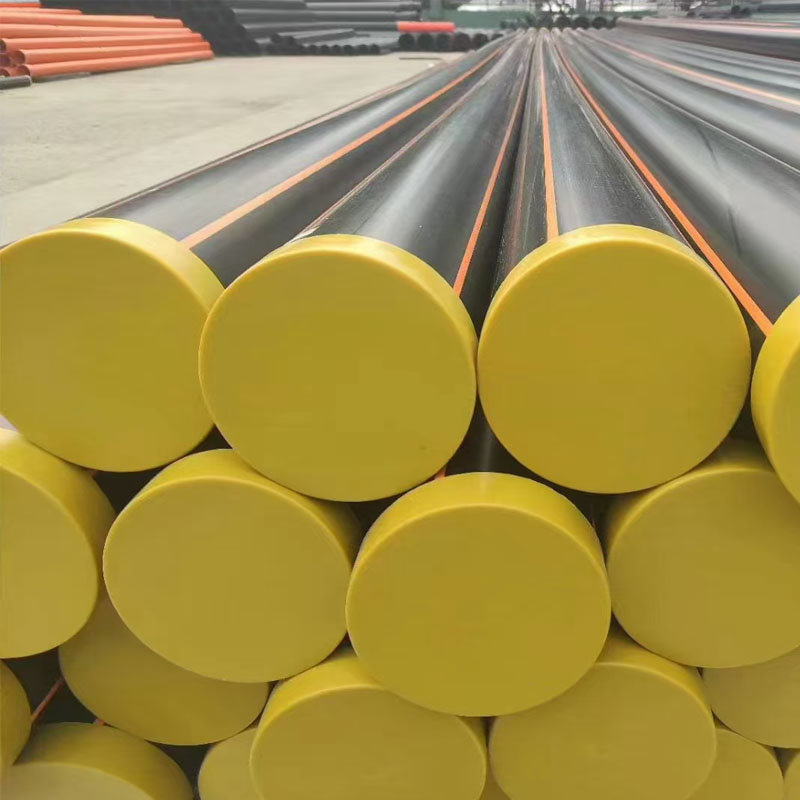Sep . 23, 2024 11:21 Back to list
Understanding Various Types and Sizes of PVC Pipe for Industrial Use
Understanding PVC Pipe Types and Sizes A Comprehensive Guide
Polyvinyl chloride (PVC) pipes are a popular choice for various plumbing, drainage, and construction applications due to their durability, affordability, and ease of installation. Understanding the different types of PVC pipes and their sizes is crucial for selecting the right materials for your specific needs. This article will provide an overview of the common types of PVC pipes and sizes available in the market.
Types of PVC Pipes
1. Schedule 40 PVC Pipes Schedule 40 PVC pipes are the most widely used type in residential and commercial plumbing applications. They have a moderate wall thickness, making them suitable for a variety of water supply and drainage systems. Generally, they can handle pressures up to 140 psi, making them ideal for a range of applications, including irrigation systems and waste management.
2. Schedule 80 PVC Pipes Schedule 80 PVC pipes have thicker walls than Schedule 40, allowing them to handle higher pressures (up to 280 psi). These pipes are typically used in industrial settings and for applications that require enhanced strength and durability, such as chemical processing and high-pressure water systems.
3. PVC Conduit PVC conduit is primarily used for electrical applications. This type of pipe protects electrical wiring from external damage and environmental elements. It is available in various sizes to accommodate different wiring needs and can be buried underground or installed above ground.
4. PVC Drainage Pipes Designed for non-pressure drainage applications, PVC drainage pipes come in varying diameters. They are utilized in systems that carry wastewater away from homes and buildings, including stormwater management systems and sewer lines.
pvc pipe types and sizes factory

5. Flexible PVC Pipes Flexible PVC pipes offer an alternative to rigid PVC. They are often used in swimming pool installations, irrigation systems, and various plumbing applications where flexibility is necessary. Their ability to bend without breaking is particularly advantageous in challenging landscape designs.
Sizes of PVC Pipes
PVC pipes come in a variety of sizes to meet different project requirements. The most common diameters range from ½ inch to 12 inches. Sizes are typically measured in nominal pipe size (NPS) or diameter nominal (DN). For example, a 2-inch PVC pipe has an inside diameter of approximately 2.375 inches.
When choosing the right size, it’s essential to consider the flow rate and pressure requirements of your system. Larger diameter pipes can handle more flow, while smaller ones may be used for confined spaces or systems with lower volume needs.
Conclusion
PVC pipes are essential components in modern construction and plumbing systems. By understanding the various types of PVC pipes and their sizes, you can make informed choices that best suit your project requirements. Whether you’re working on a residential plumbing system, an industrial application, or electrical installations, PVC pipelines provide a reliable solution for your needs. Proper selection and installation ensure a long-lasting, efficient performance, making PVC an invaluable material in today's infrastructure development.
-
High-Quality PVC Borehole Pipes Durable & Versatile Pipe Solutions
NewsJul.08,2025
-
High-Quality PVC Perforated Pipes for Efficient Drainage Leading Manufacturers & Factories
NewsJul.08,2025
-
High-Quality PVC Borehole Pipes Durable Pipe Solutions by Leading Manufacturer
NewsJul.08,2025
-
High-Quality PVC Borehole Pipes Reliable PVC Pipe Manufacturer Solutions
NewsJul.07,2025
-
High-Quality UPVC Drain Pipes Durable HDPE & Drain Pipe Solutions
NewsJul.07,2025
-
High-Quality Conduit Pipes & HDPE Conduit Fittings Manufacturer Reliable Factory Supply
NewsJul.06,2025

